Power for Security Alarm?
OldBiker650
10 years ago
Related Stories
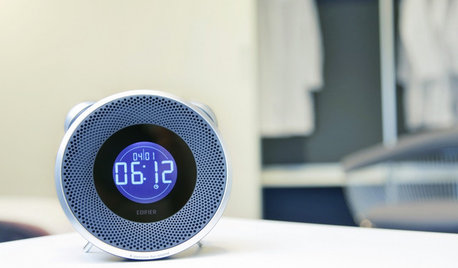
HOME TECHWake Up to the New World of Connected Alarm Clocks
Use your smart phone to enhance your alarm clock, to get more music and better sound than ever before
Full Story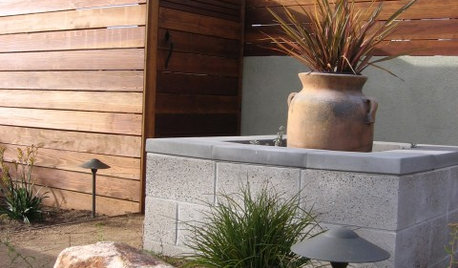
FENCES AND GATESModern Fencing for a More Secure Home
Deter would-be burglars without robbing your home of style, by installing a modern fence like one of these
Full Story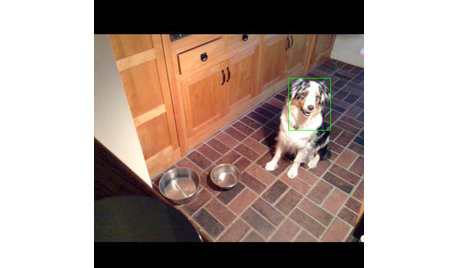
HOME TECHTurn Your Smart Phone Into a Home Security System
Monitor your home a less expensive way by putting your phone and some new gadgets to work
Full Story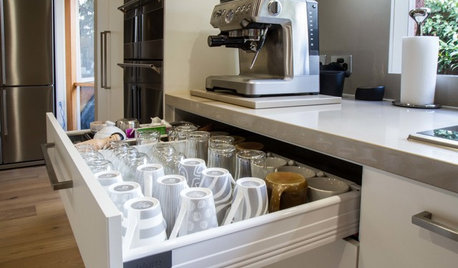
KITCHEN STORAGEPulling Power: Clever Drawer Tactics for a Kitchen
It’s not how many drawers you have in your kitchen; it’s how they work for you
Full Story
LIFEHow to Prepare for and Live With a Power Outage
When electricity loss puts food, water and heat in jeopardy, don't be in the dark about how to stay as safe and comfortable as possible
Full Story
HOME TECHHigh-Tech Tips for Securing Your House While You're Away
Prevent burglaries when you're traveling by using the latest gadgets, apps and online services
Full Story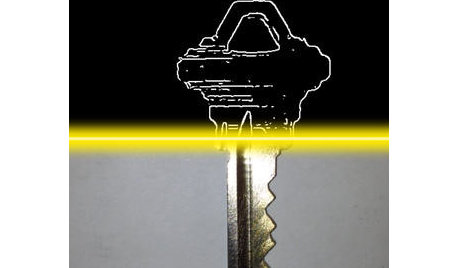
HOME TECHUnlock Your Smart Phone's Front-Door Powers
Take your locks and keys into the digital age with 3 solutions that put convenience and new capabilities on your doorstep
Full Story
DISASTER PREP & RECOVERYMore Power to You: How to Pick the Right Generator
If your home's electricity goes, don't let it take your necessities with it — keep systems running with this guide to backup power
Full Story
GREAT HOME PROJECTSPower to the People: Outlets Right Where You Want Them
No more crawling and craning. With outlets in furniture, drawers and cabinets, access to power has never been easier
Full Story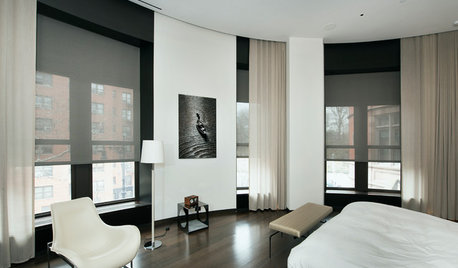
WINDOW TREATMENTSThe Art of the Window: Power Up With Motorized Treatments
We look at 11 spots in your home where automatic shades, screens, curtains and more make sense
Full StoryMore Discussions









Ron Natalie
OldBiker650Original Author
Related Professionals
Framingham Center Electricians · Lexington Electricians · Lighthouse Point General Contractors · New Milford General Contractors · Oneida General Contractors · Pepper Pike General Contractors · Reisterstown General Contractors · Rolling Hills Estates General Contractors · San Marcos General Contractors · Tabernacle General Contractors · Van Buren General Contractors · North Tustin Solar Energy Systems · Richardson Home Automation & Home Media · St. Johns Home Automation & Home Media · Tampa Home Automation & Home MediaRon Natalie
joefixit2
davidrt28 (zone 7)
Bruce in Northern Virginia
Ron Natalie
greg_2010
joefixit2
Ron Natalie
Bruce in Northern Virginia
Ron Natalie
steve_fl
Ron Natalie